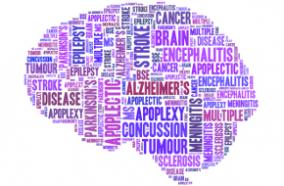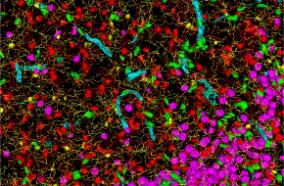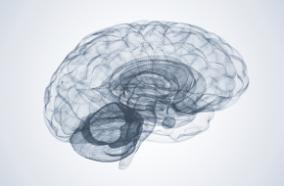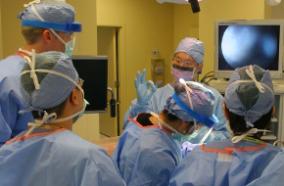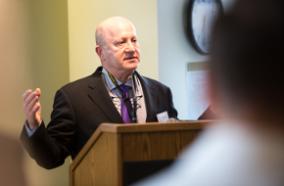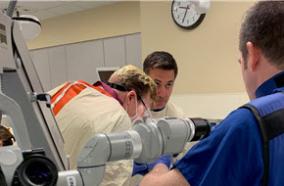Related Articles
A Risk Score Including Carotid Plaque Inflammation and Stenosis Severity Improves Identification of Recurrent Stroke.
Stroke. 2020 03;51(3):838-845
Authors: Kelly PJ, Camps-Renom P, Giannotti N, Martí-Fàbregas J, McNulty JP, Baron JC, Barry M, Coutts SB, Cronin S, Delgado-Mederos R, Dolan E, Fernández-León A, Foley S, Harbison J, Horgan G, Kavanagh E, Marnane M, McCabe J, McDonnell C, Sharma VK, Williams DJ, O'Connell M, Murphy S
Abstract
Background and Purpose- In randomized trials of symptomatic carotid endarterectomy, only modest benefit occurred in patients with moderate stenosis and important subgroups experienced no benefit. Carotid plaque 18F-fluorodeoxyglucose uptake on positron emission tomography, reflecting inflammation, independently predicts recurrent stroke. We investigated if a risk score combining stenosis and plaque 18F-fluorodeoxyglucose would improve the identification of early recurrent stroke. Methods- We derived the score in a prospective cohort study of recent (<30 days) non-severe (modified Rankin Scale score ≤3) stroke/transient ischemic attack. We derived the SCAIL (symptomatic carotid atheroma inflammation lumen-stenosis) score (range, 0-5) including 18F-fluorodeoxyglucose standardized uptake values (SUVmax <2 g/mL, 0 points; SUVmax 2-2.99 g/mL, 1 point; SUVmax 3-3.99 g/mL, 2 points; SUVmax ≥4 g/mL, 3 points) and stenosis (<50%, 0 points; 50%-69%, 1 point; ≥70%, 2 points). We validated the score in an independent pooled cohort of 2 studies. In the pooled cohorts, we investigated the SCAIL score to discriminate recurrent stroke after the index stroke/transient ischemic attack, after positron emission tomography-imaging, and in mild or moderate stenosis. Results- In the derivation cohort (109 patients), recurrent stroke risk increased with increasing SCAIL score (P=0.002, C statistic 0.71 [95% CI, 0.56-0.86]). The adjusted (age, sex, smoking, hypertension, diabetes mellitus, antiplatelets, and statins) hazard ratio per 1-point SCAIL increase was 2.4 (95% CI, 1.2-4.5, P=0.01). Findings were confirmed in the validation cohort (87 patients, adjusted hazard ratio, 2.9 [95% CI, 1.9-5], P<0.001; C statistic 0.77 [95% CI, 0.67-0.87]). The SCAIL score independently predicted recurrent stroke after positron emission tomography-imaging (adjusted hazard ratio, 4.52 [95% CI, 1.58-12.93], P=0.005). Compared with stenosis severity (C statistic, 0.63 [95% CI, 0.46-0.80]), prediction of post-positron emission tomography stroke recurrence was improved with the SCAIL score (C statistic, 0.82 [95% CI, 0.66-0.97], P=0.04). Findings were confirmed in mild or moderate stenosis (adjusted hazard ratio, 2.74 [95% CI, 1.39-5.39], P=0.004). Conclusions- The SCAIL score improved the identification of early recurrent stroke. Randomized trials are needed to test if a combined stenosis-inflammation strategy improves selection for carotid revascularization where benefit is currently uncertain.
PMID: 31948355 [PubMed - indexed for MEDLINE]



